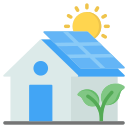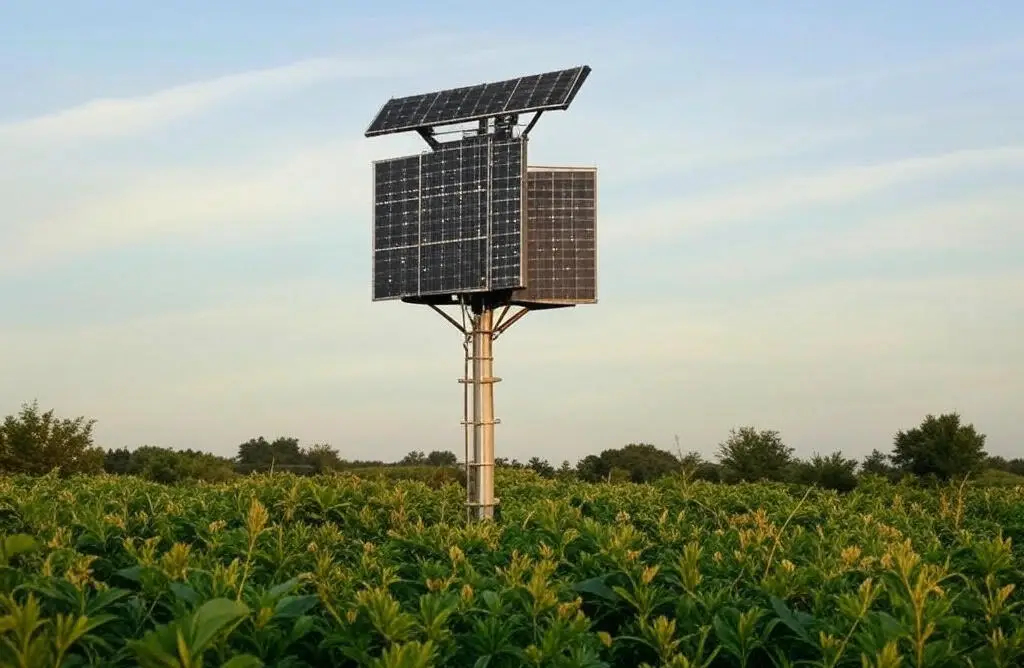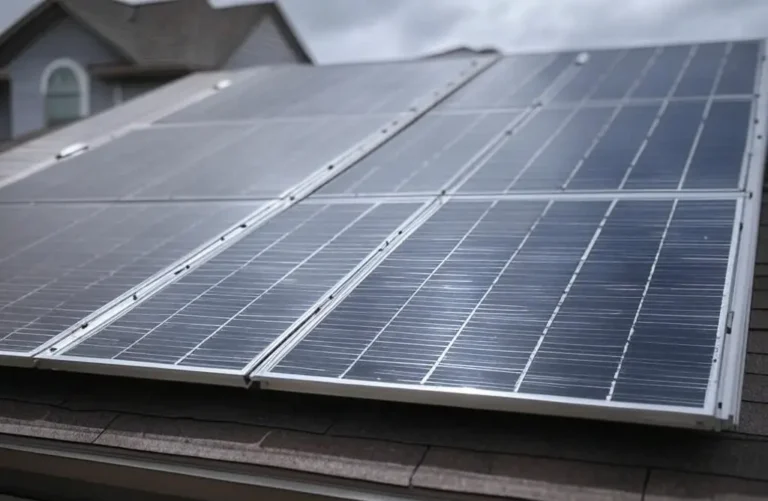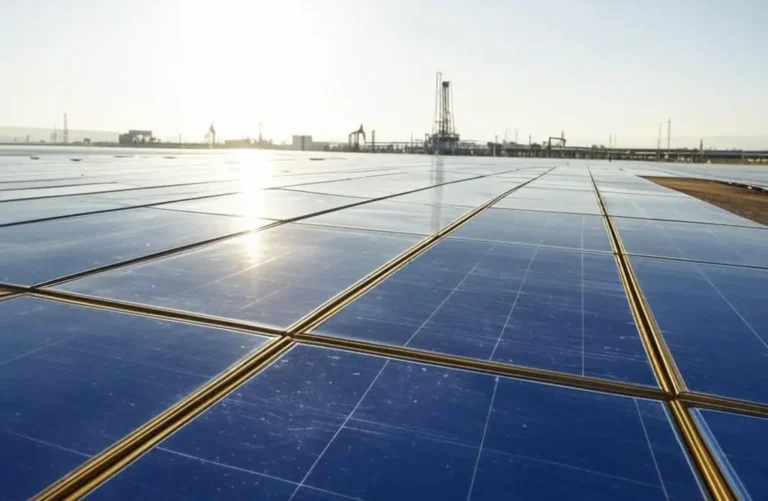Siemens Solar Telecom App 2: Solar-Powered Cellular Networks for Remote Access
Siemens Solar presents its Telecom Application 2, a cutting-edge solar-powered solution designed to energize cellular network stations in remote and off-grid regions, ensuring seamless mobile connectivity. Utilizing our robust photovoltaic (PV) modules like the SR90 and SP70, this initiative supports PCS/cellular systems with sustainable energy, replacing costly diesel generators. This article expands on the original Telecom App 2 page from our website, offering an in-depth guide to the technology, system design, installation process, benefits, and real-world applications, highlighting Siemens Solar’s leadership in powering telecom networks where traditional grids are absent.
The Need for Solar in Cellular Networks
Cellular networks are vital for modern communication, yet many remote sites rely on diesel generators costing $500-$1,000 per kW annually, emitting 2-4 tons of CO2 per kW. With over 1 million off-grid telecom sites globally in 2023, Siemens Solar’s Telecom App 2 delivers a clean, cost-effective alternative, using SR90 modules to power cellular infrastructure efficiently.
Why Solar-Powered Cellular Networks?
- Reliability: Maintains 24/7 cellular coverage.
- Cost Savings: Saves $300-$600 yearly per kW versus diesel.
- Sustainability: Cuts emissions by 2-4 tons per kW annually.
- Scalability: Adapts to remote site needs.
Technology Overview
The system features SR90 (90W) or SP70 (70W) modules, PWM charge controllers, inverters, and battery storage, optimized for cellular network demands.
System Components
| Component | Feature | Benefit |
|---|---|---|
| SR90/SP70 Modules | 14-16% efficiency | Robust power output |
| Charge Controller | 20-30A PWM | Battery protection |
| Battery Storage | 10-20 kWh | Ensures continuous operation |
A 2 kW SR90 array generates 2,800-3,200 kWh annually, powering a cellular site with a 20 kWh battery.
Installation Process
- Site Assessment: Evaluates sunlight and cellular power needs.
- Design: Customizes array and battery layout.
- Setup: Installs in 2-3 days with durable mounts.
Case Studies
India Rural Cell Tower
A 2 kW SR90 system saves $600 yearly, powering a tower for 500 users.
Alaska Remote Site
A 1.5 kW SP70 array cuts emissions by 2.5 tons annually.
Benefits
Saves $300-$600 per kW yearly, ensures reliable cellular access, and reduces environmental impact.
Future Vision
Siemens Solar plans to advance cellular solutions with 26% efficient modules by 2030.




